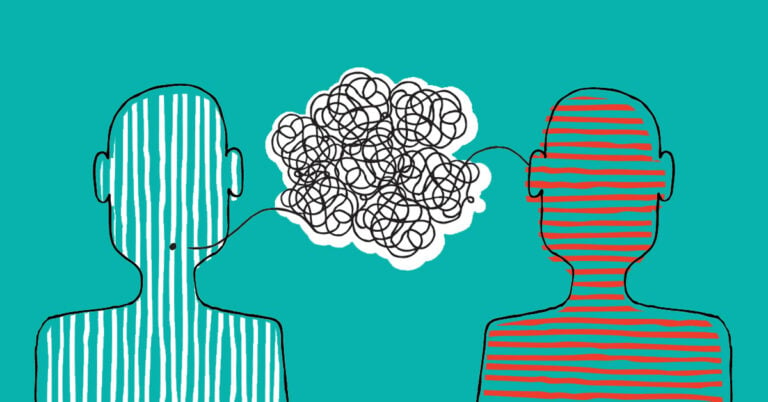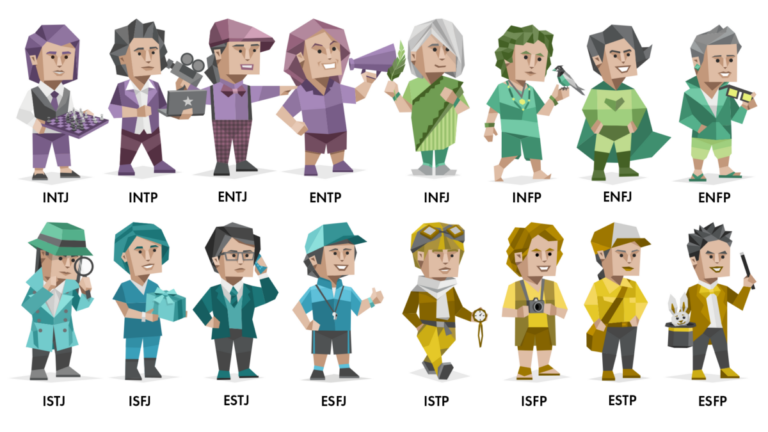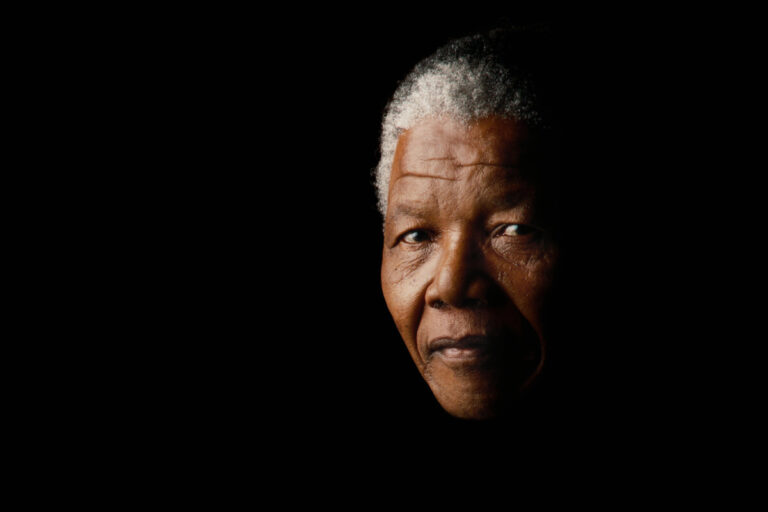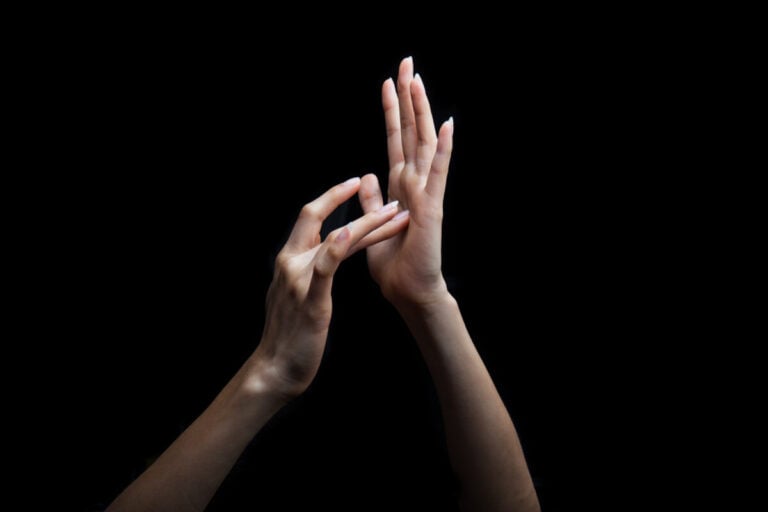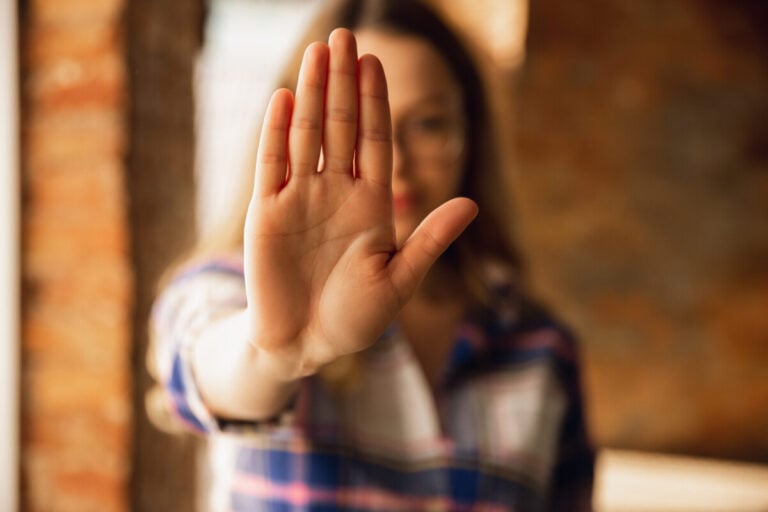Body language is a unique and powerful nonverbal communication system that allows people to convey a wide range of emotions and intentions without the use of words. This includes gestures, postures, facial expressions, as well as different uses of space.
- Mirroring movements as a way to identify sympathy and agreement
- Poses and gestures that indicate confidence or nervousness
- Eye contact: signs of honesty or deception
- Space and distance: understanding personal space in different cultures
- The importance of recognizing body language for improving communication and building relationships
Understanding body language plays a key role in everyday life and interpersonal communication because it helps us better interpret the feelings and thoughts of those around us.
Mirroring movements as a way to identify sympathy and agreement
When we mirror another person’s actions, it can indicate the level of empathy and the presence of sympathy. This behavior helps establish emotional contact and create an atmosphere of trust. It’s important to note that mirroring should be natural; forcing a copy may have the opposite effect.
In addition, it has been observed that people tend to mirror the gestures of those they like or whose opinions they share. This makes mirroring a useful tool in negotiations and team building.
By recognizing the significance of this process, we can better understand not only other people, but also how they respond to us themselves. By observing the body language of your interlocutor and mirroring his basic movements in a natural way, you can significantly improve communication and mutual understanding.
Poses and gestures that indicate confidence or nervousness

On the other hand, nervousness is often expressed through closed positions: crossed arms or legs, slouching. Nervous gestures include rubbing hands, playing with objects (such as a pen), and avoiding direct gaze.
To give the impression of confidence:
- Keep your back straight.
- Use gestures to emphasize words.
- Maintain eye contact.
- Signs of nervousness can be controlled:
- Focus on deep breathing.
- Avoid closed poses and unnecessary movements.
- Develop mindful behavior.
Understanding and being aware of body language will not only help you read other people better, but will also teach you how to control your nonverbal communication for successful communication!
Eye contact: signs of honesty or deception
Direct gaze is often associated with sincerity. If the interlocutor looks you straight in the eye, this may indicate his openness and desire to be understood. However, avoiding gaze does not always indicate lying – for some it may simply be a sign of shyness or discomfort.
On the other hand, excessively strong eye contact is sometimes used as a manipulation tool. Liars often try to maintain their gaze longer to create the appearance of honesty.
It is important to remember cultural differences: what is considered a sign of trust in one culture may be unacceptable or cause mistrust in another.
To more accurately determine truthfulness, one should pay attention to the complex combination of gestures, facial expressions and speech patterns. Visual contact is only one component of a large spectrum of nonverbal communication.
Understanding the subtleties of body language takes time and practice. Observe people’s behavior, analyze the context and combine the data obtained to form an objective conclusion about the honesty of your interlocutor.
Space and distance: understanding personal space in different cultures

At the same time, in Northern Europe and Asia, preference is given to more personal space. Handshakes remain a formal way of greeting, and excessive contact may be considered a violation of personal boundaries.
Understanding these differences helps avoid misunderstandings in intercultural communication. By being mindful of others’ boundaries and preferences, we can develop closer and more respectful relationships with people from different parts of the world.
The key is to recognize that the concept of personal space is not universal. It is formed by sociocultural factors and can change over time under the influence of globalization and mixing of cultures.
Thus, by being aware of the variety of approaches to personal space, we can communicate effectively without the risk of hurting someone’s feelings or encountering misunderstandings.
The importance of recognizing body language for improving communication and building relationships
Body language plays a key role in communication and forming interpersonal relationships. Nonverbal signals can convey emotions and intentions much more accurately than words. Conscious use of gestures, facial expressions and postures can significantly improve the quality of interactions.
Understanding body language helps you better read the other person’s feelings, adapt to their mood, and establish a deeper connection.
This is especially important in business negotiations, where correctly interpreting nonverbal cues can make the difference between success and failure.
By developing skills in recognizing body language, we become more empathetic and socially adept. This allows you to build trusting relationships both in your personal life and at work.


